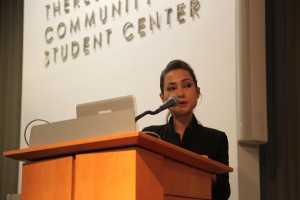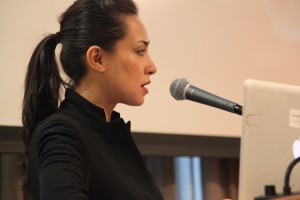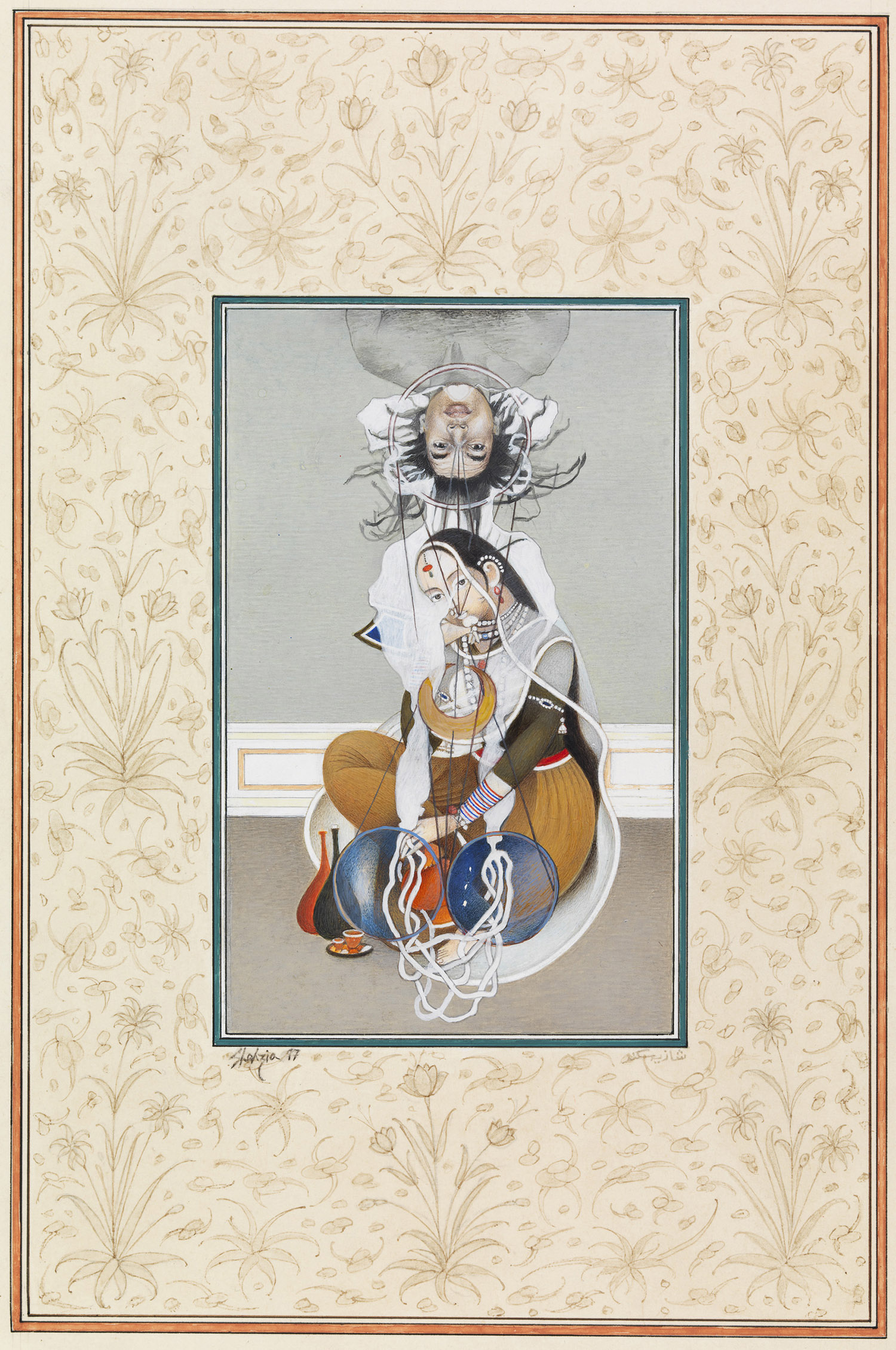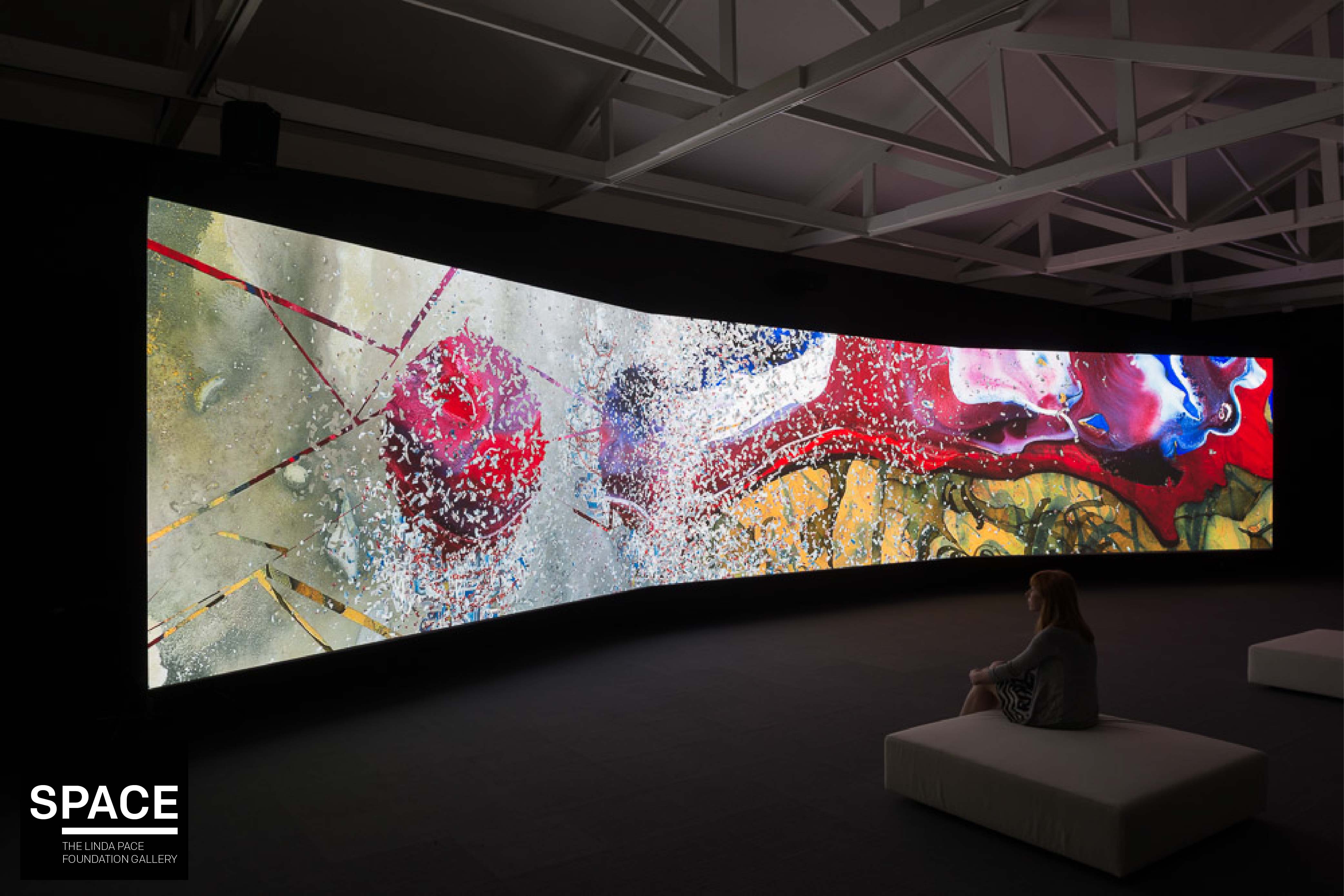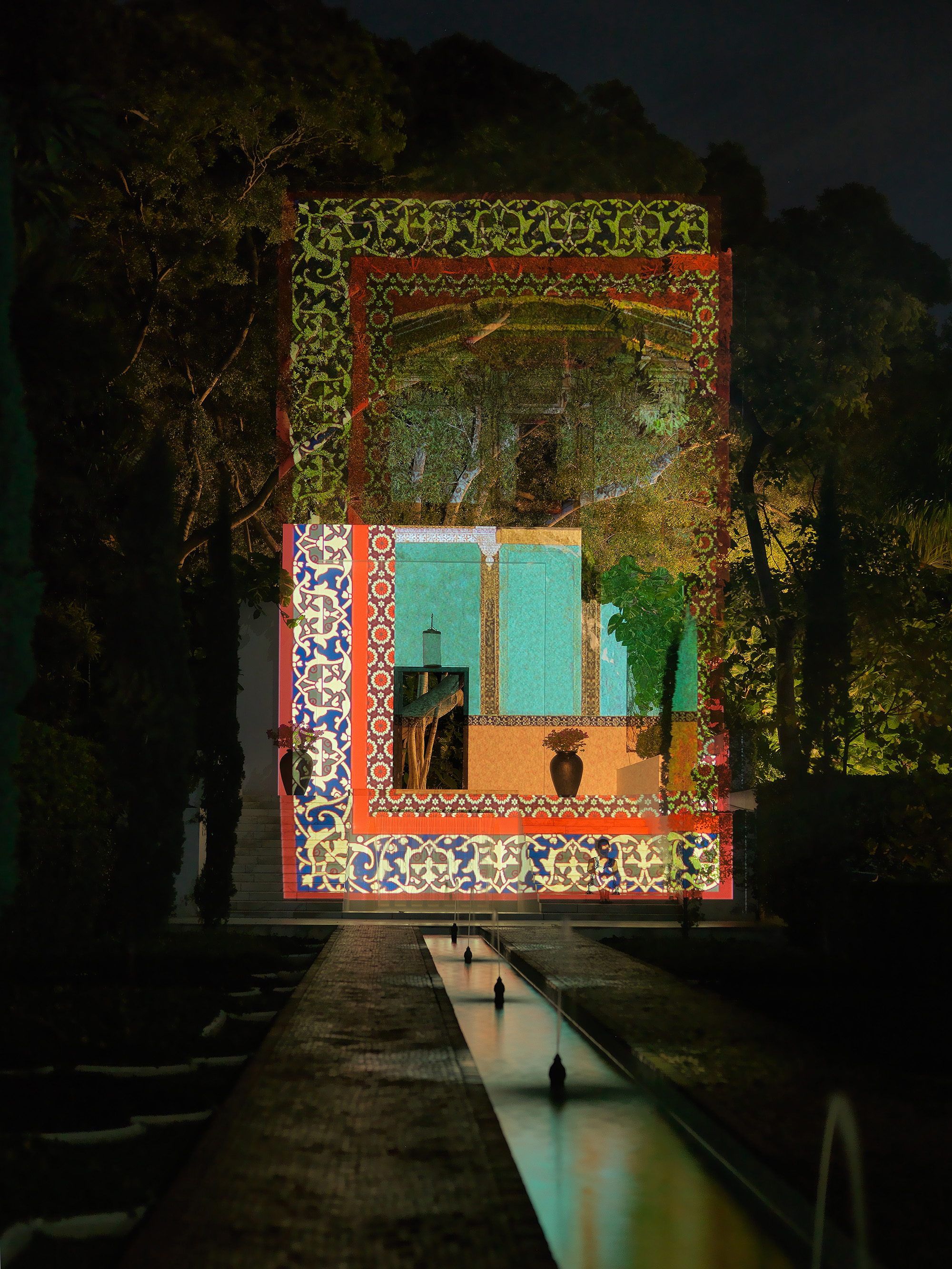We were thrilled to have internationally renowned artist Shahzia Sikander with us to celebrate our class of 2015 BFA Fine Arts Commencement. Please take inspiration from her words and work below.
Commencement Speech by Shahzia Sikander – The New School, Parsons BFA Fine Arts, 2015
Dear Creative Class of 2015,
I am thrilled to be here to witness this exciting and pivotal time in your lives. I am also equally humbled to give you some words of inspiration from my own lived experience as an artist.
For me art is not just an impulse to make aesthetically pleasing objects. It has been an instinct to think and imagine the future. Ideas are a powerful entity and creativity is essential to all of us in harnessing our thoughts, impulses, desires, and dispositions into expression.
I know all of you are hungry to venture out and explore the world and find your place in the communities that you will gravitate towards and engage with. I encourage you to take lead and plunge into what your heart desires. Take risks. Be open to learning, to engaging, to analyzing and to change. Embrace your potential and create solid and healthy bridges around you with others of your ilk and of those who you may not yet fully understand. It is when you explore and push your own boundaries you discover the potential within and around you. Don’t be afraid to speak your mind, but be cognizant of your heart.
An artist often has the burden to re-‐imagine. In re-‐imagining lies the ability to break molds and re-‐examine the norms. Contemporaneity is about remaining relevant by challenging the status quo not about holding on to positions of power. It is this spirit that should guide you. It is this spirit that still guides me and remains the fundamental reason for my interest in continuing to explore and experiment.
In 1991, just like you, I too was looking outward to the world as a young person feeling very lucky to have ventured into the Arts. The National College of Arts in Lahore Pakistan was my beacon, nurturing curiosity and intellectual debate and a commitment to the creative process. It was within this environment that I had chosen to engage with Indian and Persian miniature painting during a time when it was not popular. What others then saw an as enslavement to craft and technique, I saw as a path to opening possibilities for dialogue. It was exciting to examine, imagine and explore the many possibilities of miniature painting whose future as a contemporary mode of expression had not yet been laid. My instinct to engage with miniature painting was so strong as a young creative person of 18 years of age that I embraced it with full force and did not let go whenever I was challenged. And believe me, I was challenged many times and I felt alone and I felt upset and not understood yet I persevered and kept at it, slowly, steadily, methodically at my own pace and belief. Fast forward 25 years, and contemporary miniature painting is now considered a valid visual global language in its own right and an important vehicle of contemporary expression.
The path I took was neither easy nor predictable but it was passionate, exciting and utterly adventurous. Of course I had many hurdles from putting my parents anxieties to rest and finding ways to pay for my tuition to figuring out my unique identity within the cultural space to learning how to master a language to then eventually challenge its limitations and expand its potential. And I wanted to do all of it all at once. Such was my drive and hunger. Art for me translated as the ultimate ticket to life.
Being an artist requires courage. It requires sensitivity, intuition, clarity, and an open-‐ness to risk and failure as well as a tenacious drive. Often gratification and results are not immediate and believe me patience comes in very handy.
Over the years I have worked in a variety of mediums and formats, including small detailed paintings, murals, animation, installation, video and many collaboration with other artists. I became interested in cultural and political boundaries for opening up new frameworks for dialogue and visual narrative as an outcome of participating in the complexities around me, complexities of identity, histories and ownership. It is often in these sites of engagement that meaning is in constant flux. In our current complex global socio-‐geo-‐political realities it is essential that we all contribute and create an open and responsible dialogue and not shy away from questioning that rhetoric which aims to confuse and misguide. Be aware and open to the departures and shifts that will happen as you progress and grow. These ruptures will be varied in both technique and form and in terms of your understanding of the world around you. Consume knowledge. Absorb it. Digest it. And then when you regurgitate, own it and make it speak your own brand of language. Language of truth and of sincerity. Be strong and believe in your ability to make a difference. And don’t waste time. Time is one of the most invaluable elements around you. Be mindful of how you use your time as it goes fast. Take leap and don’t look back! Imagine the impossible. In imagination lies your new republic. Dream it and serve it.
I wish each and every one of you the most exciting and meaningful journeys ahead.
And a very happy Commencement Day!
Images: ShahziaSikanderStudio
Shahzia Sikander (b. in Lahore, Pakistan; lives and works in New York) is an international artist whose pioneering practice takes Indo-Persian miniature painting—a traditional style that is both highly stylized and disciplined—as a point of departure. Sikander received her BFA in 1991 from the National College of Arts, Lahore, Pakistan, and an MFA from the Rhode Island School of Design in 1995. She challenges the strict formal tropes of miniature painting, as well as its medium-based restrictions, by experimenting with scale and media including animation, video, performance, and large scale murals and installations. Sikander’s innovative expansion on this traditional genre helped launch a major resurgence of work with miniature painting beginning in the 1990s at her alma mater in Lahore, which spread and brought international recognition to this medium within contemporary art practices. Her process-based work is concerned with examining the forces at stake in contested cultural and political histories and the artist’s deft negotiation between traditional representations from Hindu mythology and western modernism creates a nuanced commentary that transcends cultural borders.
Sikander has been the recipient of solo exhibitions at the Nikolaj Kunsthal, Copenhagen; Whitney Museum of American Art, New York; Museum of Contemporary Art, Sydney; Cooper Hewitt Design Museum, New York; Irish Museum of Modern Art, Dublin and the Hirshhorn Museum and Sculpture Garden, Washington, D.C., among others. She has participated in notable group exhibitions including the Fukuoka Asian Art Triennale, the Istanbul Biennial, the Sharjah Biennial, and the Venice Biennale. The artist has received many awards and honors for her work, including the honorary artist award from the Pakistan Ministry of Culture and National Council of Arts. She is also a recipient of the U.S. Department of State’s inaugural Medal of Arts Award and a John D. and Catherine T. MacArthur Foundation “genius award.”
